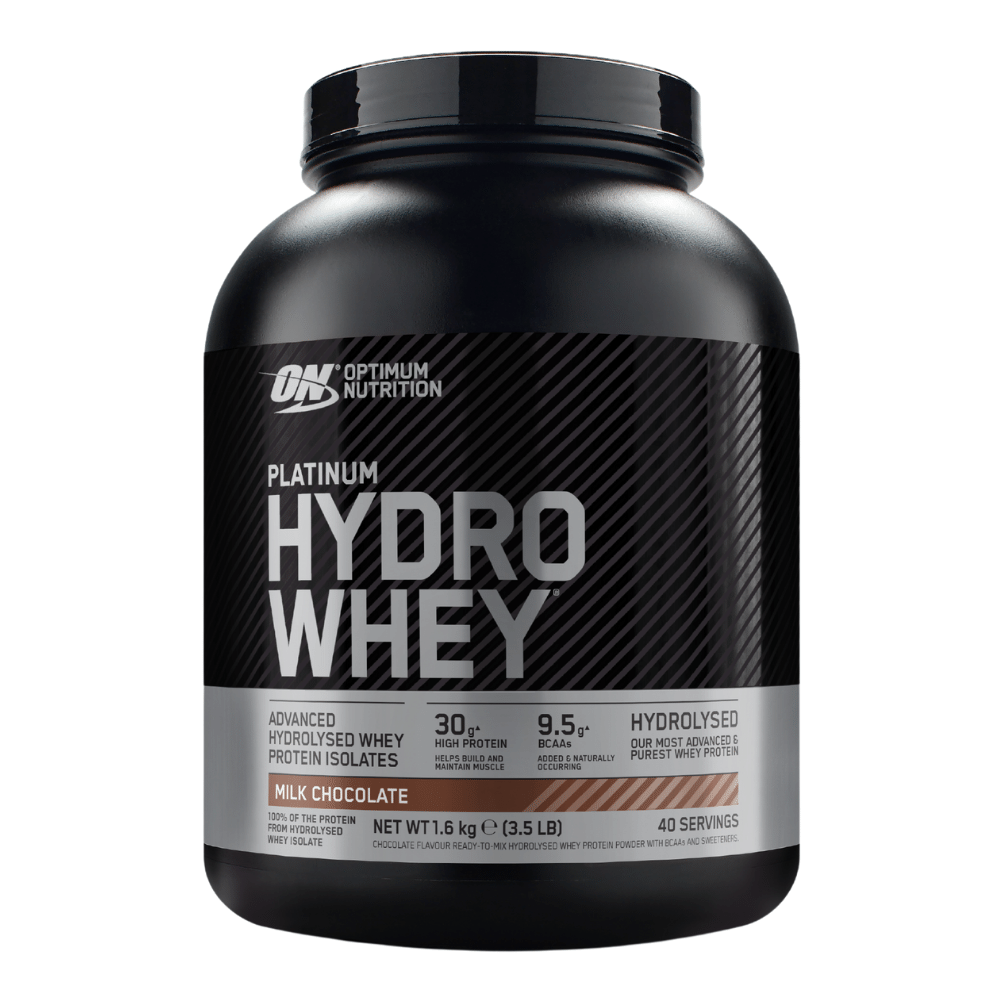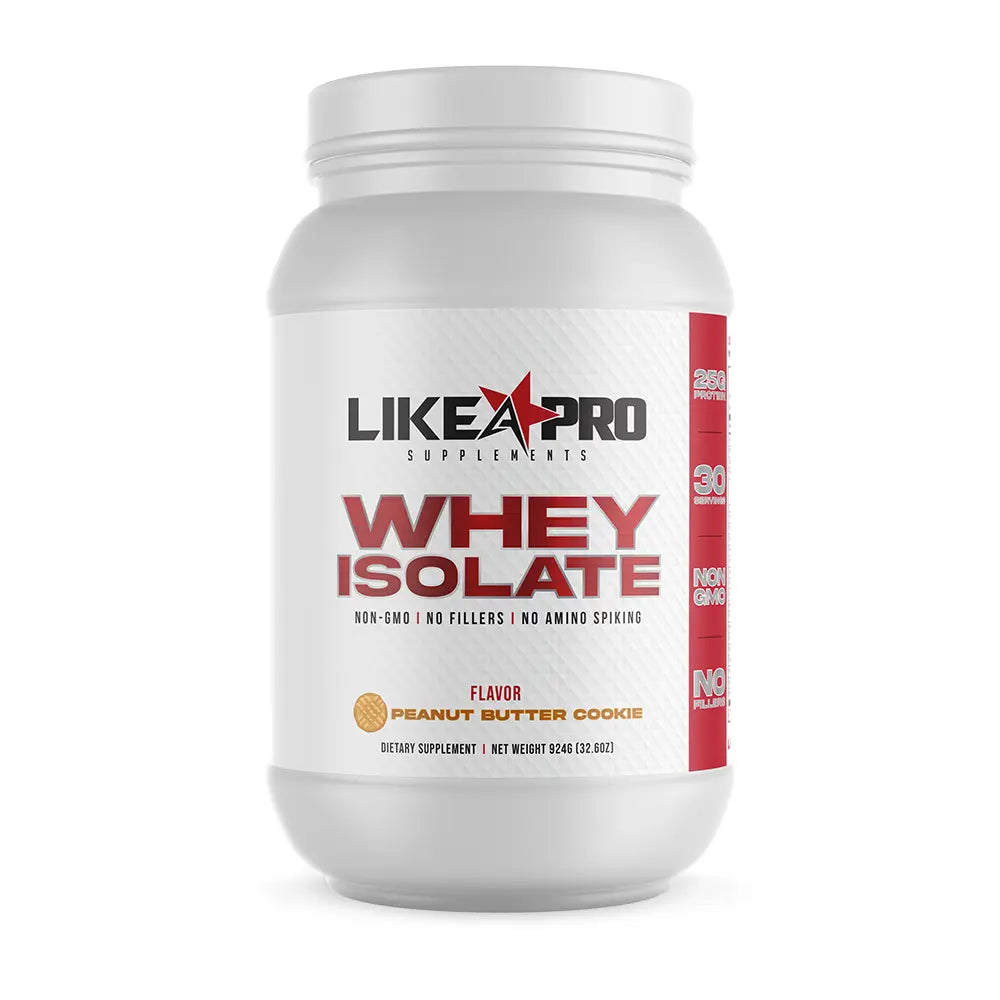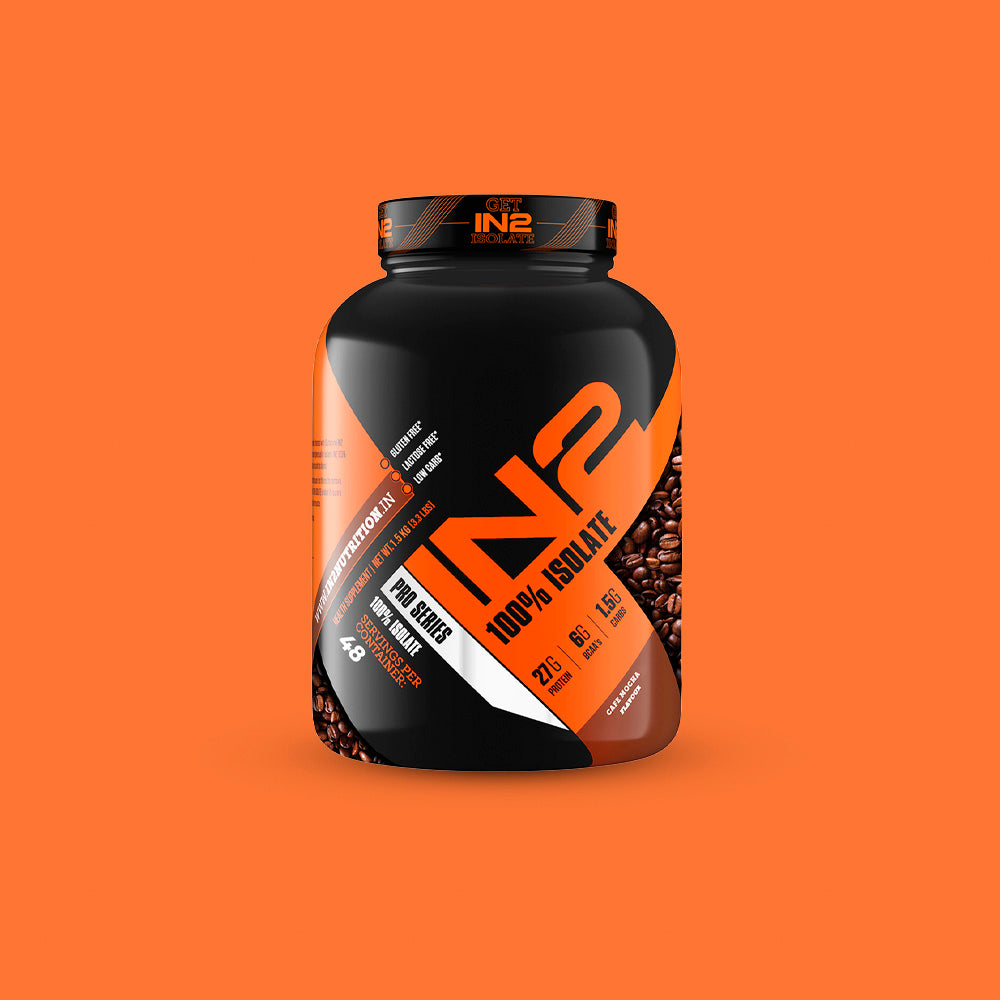What is Whey Isolate Protein Powder?
Introdution
Whey isolate protein powder has gained significant popularity among fitness enthusiasts and health-conscious individuals. This supplement is derived from milk during the cheese-making process. It boasts a high protein content, making it a preferred choice for those aiming to increase protein intake and support muscle building. The nutritional profile of whey isolate makes it ideal for various dietary needs. Consequently, many athletes, bodybuilders, and everyday gym-goers choose whey isolate as their protein source.
Whey isolate differs from other forms of whey protein, such as concentrate. While whey concentrate contains around 70-80% protein, whey isolate offers at least 90% protein content. This higher protein percentage is partly due to the filtration process used during production. This process removes most fats and carbohydrates, resulting in a purer protein source. Therefore, those who want to minimize additional calories often prefer whey isolate.
The Composition of Whey Isolate Protein
Nutritional Benefits
Whey isolate protein powder comes loaded with essential amino acids. These amino acids play a key role in muscle recovery and growth. In addition, whey isolate is particularly high in branched-chain amino acids (BCAAs). These BCAAs are critical for reducing muscle soreness post-exercise. Hence, whey isolate not only aids muscle building but also recovery.
Moreover, whey isolate is often lactose-free. This characteristic makes it suitable for those with lactose intolerance. Unlike whey concentrate, whey isolate undergoes further filtration. So, it usually contains less than 1 gram of lactose per serving. This means more people can enjoy the benefits of whey protein without digestive issues.
How to Use Whey Isolate
Incorporating whey isolate protein powder into your diet is straightforward. One common method is mixing it into smoothies. This not only enhances the protein content but also adds flavor. Simply blend it with fruits and vegetables for a nutrient-rich shake. Additionally, consider adding it to oatmeal or yogurt. This can transform a traditional breakfast into a protein powerhouse.
Another method is using whey isolate in baking. Many recipes can benefit from added protein. For example, you can add it to pancakes or muffins. This will enable you to enjoy treats while meeting your protein goals. Notably, always adjust liquid ingredients to maintain the desired texture when using whey isolate in baking.

Health Implications of Whey Isolate
The consumption of whey isolate protein powder can yield numerous health benefits. Research has shown that adequate protein intake is crucial for overall health. Many experts agree that sufficient protein can support weight management. Particularly, it promotes satiety, making you feel fuller for longer periods. This can prevent overeating, thus helping with weight loss efforts.
Additionally, whey isolate may improve immune function. Whey protein contains immunoglobulins, which support the body’s immune response. Maintaining a robust immune system is vital, especially during colder months. Thus, incorporating whey isolate can be an easy way to bolster overall health.
Furthermore, whey isolate protein has been associated with enhancing muscle mass. Consuming protein post-exercise is vital. Studies suggest that protein intake stimulates muscle protein synthesis. Thus, athletes and bodybuilders benefit significantly from post-workout whey isolate consumption. This helps in optimizing workout results, leading to better performance.
The Importance of Timing
Timing your protein intake can be crucial for maximizing benefits. Consuming whey isolate immediately after workouts allows muscles to recover efficiently. This timing supports muscle repair and growth, particularly following intense training sessions. Moreover, spreading protein intake throughout the day can also prove beneficial.
It’s not just about when you take whey isolate; it’s also about how much you consume. Most experts recommend aiming for 20-30 grams of protein per serving. This amount allows for optimal muscle repair and growth. Ultimately, paying attention to both timing and quantity is key for anyone aiming for fitness goals.
Potential Side Effects
Though whey isolate protein powder has many benefits, it’s important to acknowledge potential side effects. Some individuals may experience gastrointestinal discomfort. Symptoms can include bloating or gas, especially if they are lactose intolerant. However, whey isolate is usually lactose-free, minimizing such side effects.
Also, excessive protein consumption can strain the kidneys. Thus, it is advisable to consult a healthcare professional before significantly increasing protein intake. Moderation is crucial for long-term health. A balanced diet containing a variety of food sources is also essential. This ensures you obtain necessary nutrients beyond just protein.

How to Incorporate Whey Isolate Protein into Your Diet
Incorporating whey isolate into your daily routine is both simple and effective. Start by determining your protein requirements based on your activity level. The general recommendation for active individuals is 1.2 to 2.2 grams of protein per kilogram of body weight. Using this guideline will help you evaluate how much whey isolate you need.
One popular way to consume whey isolate is in smoothies. Combine it with fruits, vegetables, and your choice of liquid. This creates a nutrient-dense shake that can serve as a meal replacement or snack. Additionally, adding nuts or seeds can provide healthy fats and keep you fuller.
Another method is to mix whey isolate into your morning oatmeal or yogurt. Simply stir in the powder before or after cooking your oatmeal. This boosts the protein content significantly. When combined with fruits or a drizzle of honey, it becomes a delicious breakfast option. It’s a quick and easy way to fuel your day.
Using Whey Isolate in Cooking
For those who enjoy cooking or baking, whey isolate can be a great addition. You can replace a portion of flour in recipes with whey isolate. This will increase the protein content without significantly changing the texture. Pancakes, muffins, and bread are perfect candidates for this substitution.
Moreover, whey isolate can be mixed into sauces and soups. Adding it to broth or sauce recipes can enhance the protein profile of your meals. This method, however, requires careful incorporation. Always stir it gently to prevent clumping and maintain a smooth texture.
Finally, consider using whey isolate in homemade protein bars or energy bites. Combine it with oats, nut butter, and sweeteners for nutritious snacks. These snacks can be stored in the refrigerator for easy access. They provide a satisfying protein boost when you’re short on time.
Timing Your Consumption
When you consume whey isolate can also affect its efficacy. Consuming it within 30 minutes post-workout is ideal. This timing helps replenish glycogen stores and facilitates muscle recovery. As a result, your muscles can repair and grow stronger more effectively.
Moreover, utilizing whey isolate as a meal replacement can be beneficial. If you struggle to meet your protein needs during the day, consider a shake. This can help you hit your daily requirements without excessive meal prep. Pairing with other nutrients, like fibers and fats, ensures a balanced intake.
Another option is to use whey isolate as a mid-afternoon snack. If hunger strikes between meals, a quick shake can stave off cravings. Additionally, it keeps your metabolism active. This practice can lead to greater sustained energy levels throughout the day.

Choosing the Right Whey Isolate
When selecting whey isolate protein powder, quality matters. Always check the ingredients list before making a purchase. Aim for products that have minimal additives and fillers. The purer the product, the better the benefits you will receive. High-quality whey isolates typically use cold-processed methods to preserve nutrients.
Additionally, consider the protein source. Some brands use whey from grass-fed cows. This type often comes with additional health benefits, such as higher omega-3 fatty acids. The taste experience also varies from brand to brand. So, it may require some experimentation to find a product you enjoy.
Price vs. Quality
Price points can vary significantly among whey isolate brands. While it may be tempting to choose the cheapest option, consider the value of quality. Sometimes, paying a little more for a reputable brand pays off in the long run. This holds especially true concerning nutrient density and taste.
In contrast, low-quality whey powders may contain fillers that offer little nutritional value. Thus, it’s essential to strike a balance between affordability and quality. Look for third-party testing certifications as a mark of quality assurance. Taking the time to make informed choices is beneficial.
Checking for Allergens
Allergies should also factor into your selection process. Check product labels for allergens, especially if you have sensitivities. While whey isolate is generally lactose-free, ensure that it is labeled accordingly. Additionally, consider certifications like non-GMO or gluten-free if relevant to your dietary needs. Being well-informed will help in making the best choices for your health.
Conclusion: The Future of Whey Isolate Protein Powder
Whey isolate protein powder offers significant advantages for those looking to boost their protein intake. Its high protein content supports muscle building and recovery. Moreover, it has a versatile nature, allowing for easy incorporation into various meals and snacks. From smoothies to baked goods, the possibilities are expansive.
As health trends continue to evolve, the popularity of whey isolate is likely to endure. As more individuals become aware of its benefits, they may include it in their diets. This will not only help them reach fitness goals but also focus on overall health. Overall, whey isolate can be an excellent addition to both athlete and non-athlete diets alike.
Understanding the composition, benefits, and potential drawbacks of whey isolate protein powder empowers consumers. Making informed choices ensures optimal health outcomes. As with any supplement, moderation is crucial. Therefore, always consider your individual needs when adding whey isolate to your nutrition regimen. Ultimately, achieving health and fitness goals is a personal journey, and whey isolate can be a valuable ally along the way.
